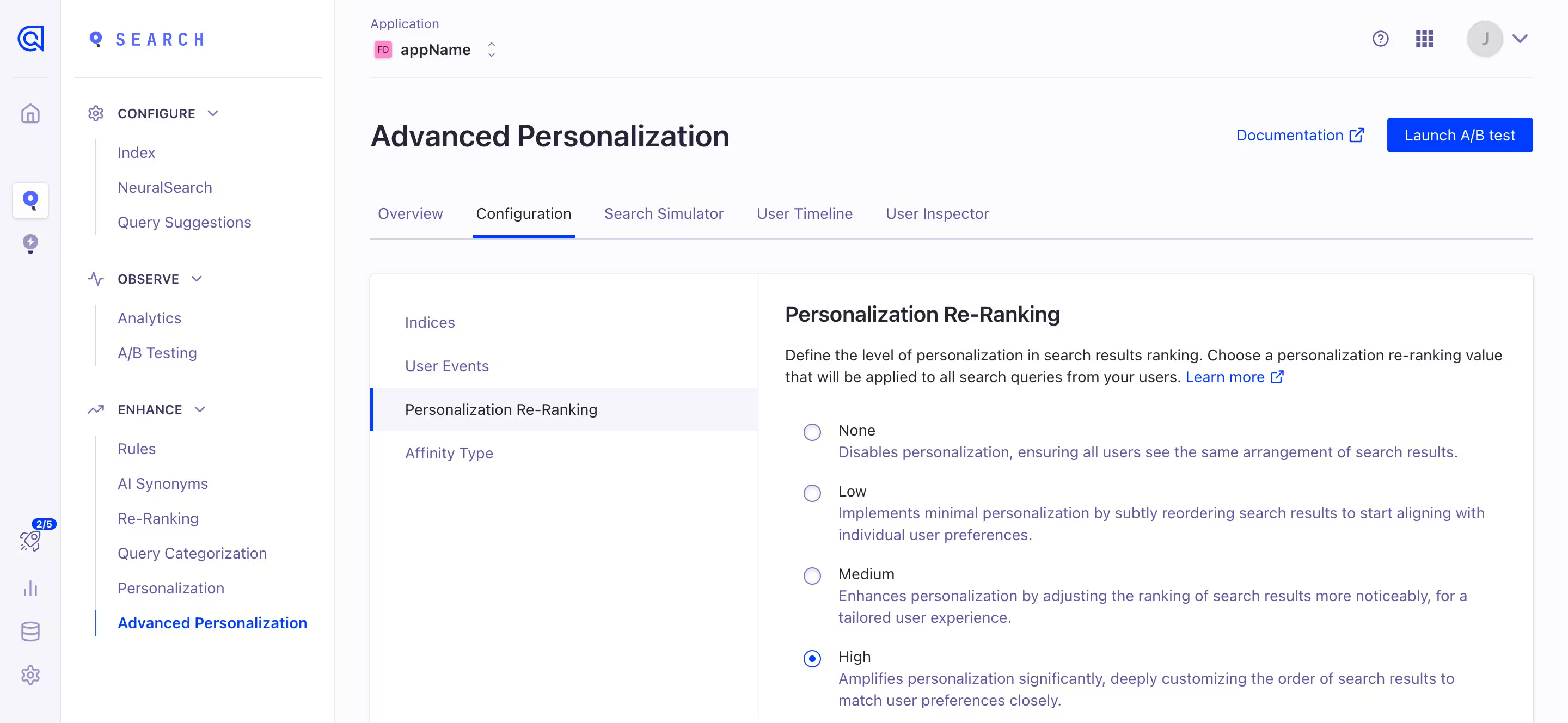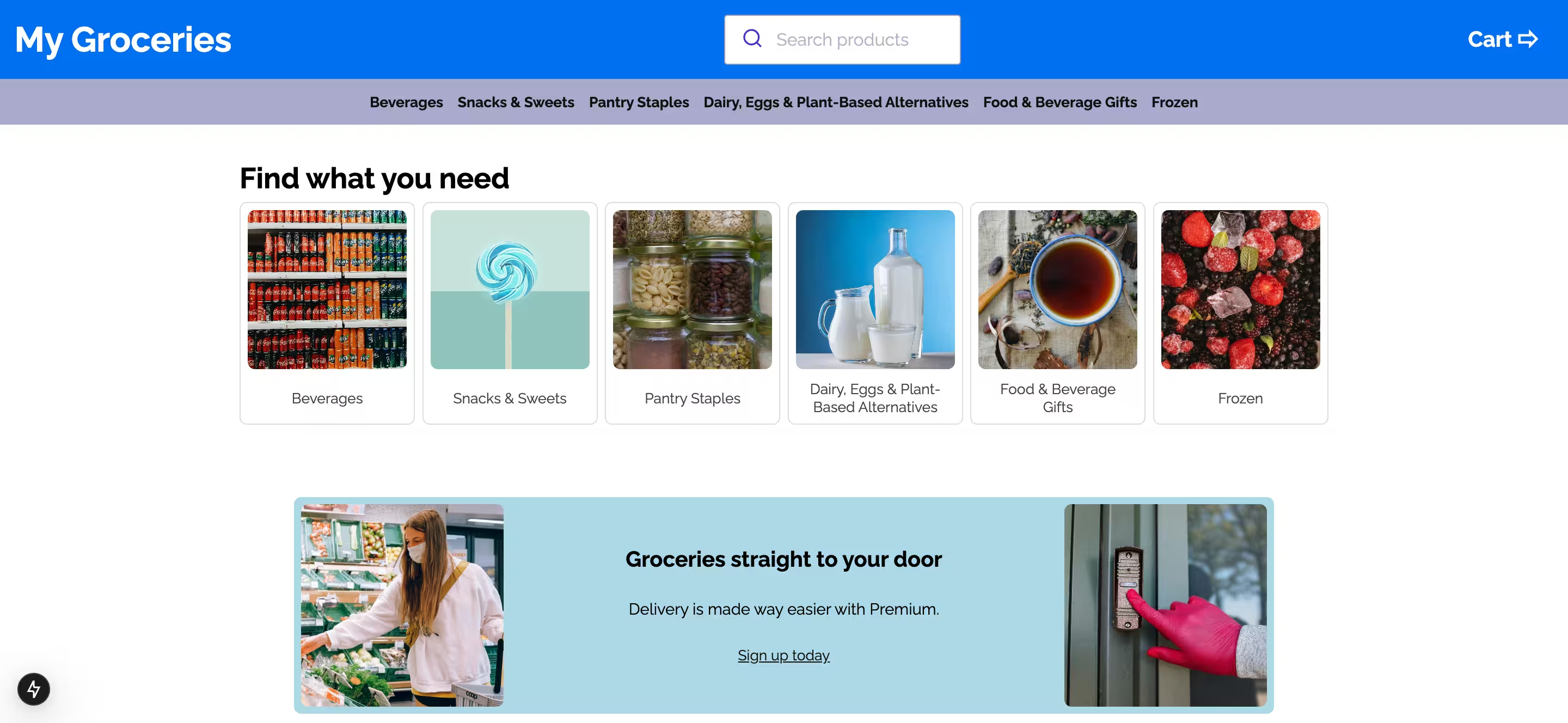You know the 5Ws: Who, What, When, Where, and Why. We’re taught to use this framework to more deeply understand complex topics from the earliest years of our education.
No wonder, then, that for many years the world of marketing was dominated by this way of thinking. The theory goes, before you can make any targeted ads, you need to know your user base. And since its totally not feasible to make separate content for each user (right?), we have to create several ideal user profiles and pretend we’re only marketing to them. It sums up our whole spectrum of potential customers into discrete hypotheticals that we can make discrete pieces of content for.
The fundamental flaw
This is a great plan in theory, but doing this reduces thousands of unique individuals into a handful of archetypes that don’t actually represent the wide-ranging reality of our potential user base. It’s marketing, oversimplified. So much critical nuance is lost that potentially thousands of sales never come to be — all because we didn’t do anything to draw those potential customers. Nowadays, companies are starting to realize just how much money they’re leaving on the table.
A better paradigm
What can be done? We need to change our mindset. Instead of marketing to a few archetypal users, we can use AI to analyze the information we collect about our users and dynamically customize the content that they engage with. This makes the user experience feel like it was made just for them, because it was!
Unlike a rules-based system, AI uses deep learning algorithms to identify subtle signals to help determine how to personalize the pages and search results that customers see on your website. Modern personalization technologies harness individual user data to craft highly tailored buying experiences. They leverage data such as user interactions (commenting, add-ing to cart, favoriting, and others), browsing patterns, and buying preferences, these systems can curate content to better match a user's unique context and preferences. To maintain user trust, these personalization mechanisms can be made more transparent by clearly signaling when and how search results have been customized.
How does the company benefit from this change in thinking? Well, with a more pleasing user experience comes happier shoppers, and with happier shoppers comes higher order values, lower bounce rates, and more repeat checkouts. The gist? The average ROI right now is $20 in revenue for every $1 spent on personalization. That’s easily one of the most impactful business decisions an ecommerce company can make.
“OK”, you’re thinking, “I get it — AI personalization is where it’s at. But that sounds like a lot of work! And where would I even get started?” Let’s dive into that next, because its actually not nearly as difficult as it sounds.
How to do it
Here are the typical steps to AI personalization:
- Collect a ton of data about your users. There are plenty of non-nefarious ways to go about this, like keeping a log of their search queries and purchases from your store in their account. Algolia helps you out with this, giving you an easy API to send events to anytime your user does something that should impact our predictions. In fact, if you’re using Algolia’s UI library InstantSearch, you can even set this to happen automatically.
.avif)
- Train a deep learning model to predict the user’s preferences. Algolia takes care of this for you too. If you’re sending events and you have Advanced Personalization enabled, Algolia will just automatically start identifying the user’s affinities (the things they’re interested in).

- Reorganize content you were already serving according to the user’s preferences. In Algolia, this is as simple as clicking a button. Assuming you’ve already loaded Algolia with all the data it needs, you can just set it to whatever level of personalization you want.

- A/B testing improvements that benefit the whole system. Which personalization setting you should use depends on a lot of factors, and it can be hard to tell which is best for your use case. Algolia’s A/B testing system lets you try this without adding extra code.

- Create new content based on the user data. Whatever type of content you expand to next, now you have the information necessary to customize that new content to each user. Perhaps you’re interested in creating browse pages where users can explore the products you offer without needing to know what they’re looking for — here’s how to make that happen. And if you’re trying to make new textual content with generative AI to build personalized shopping guides, we can help you out with that too.

Conclusion
Marketing personas served their purpose in an analog world. But we’re not in an analog world anymore! AI personalization is here to stay, and it’s a must for ecommerce companies to catch up and pull ahead. The ability to treat each customer uniquely restores the personal touch that’s been missing for years, and it makes traditional marketing approaches like the 5Ws obsolete. So if you’re ready for high-ROI personalized content with a super low barrier to entry, you’re ready for Algolia.
Starten Sie kostenlos
Die weltweit fortschrittlichste KI-SucheAI Browse
Von KI erstellte Kategorie- und SammlungsseitenAI Recommendations
Vorschläge überall auf der User JourneyMerchandising Studio
Datengestützte Kundenerlebnisse, ohne CodeMerchandising Studio
Datengestützte Kundenerlebnisse, ohne CodeAnalytics
Alle Ihre Erkenntnisse in einem DashboardUI Components
Pre-built components for custom journeys
.avif)




